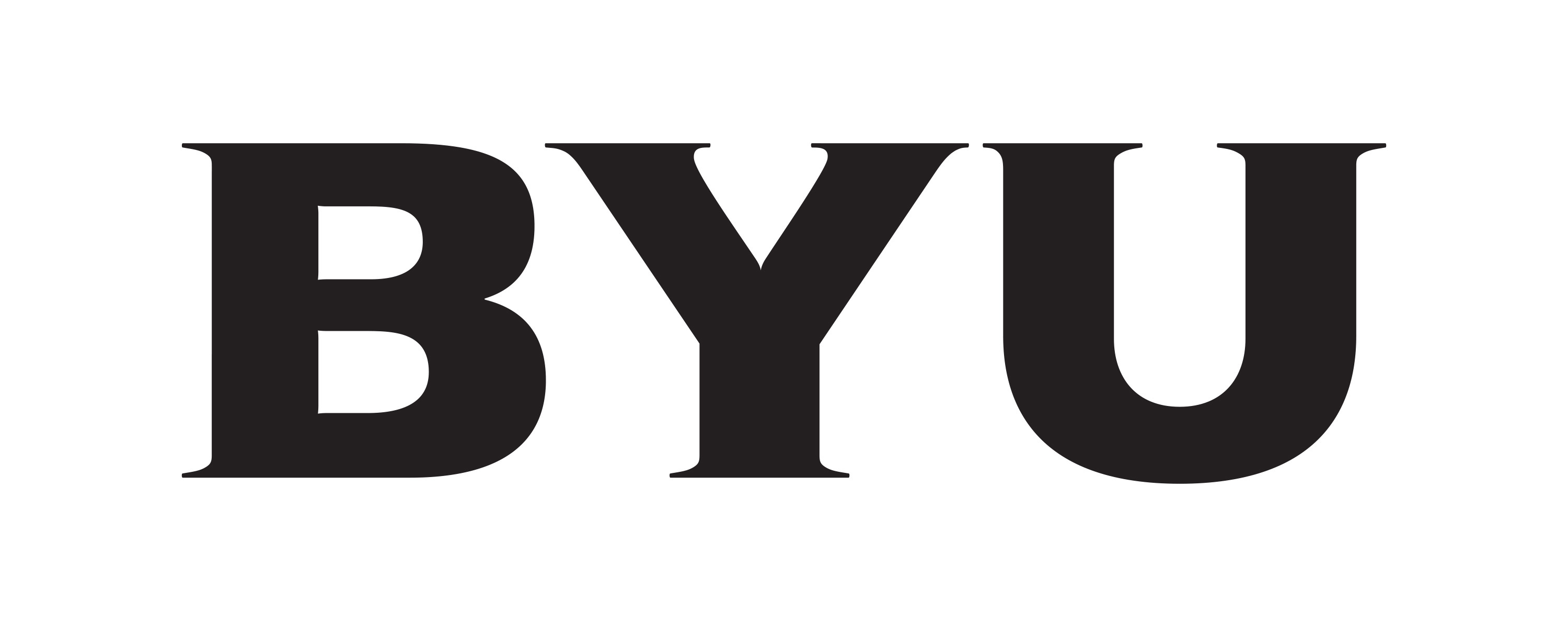August 18, 2014
Using Collaborative Writing Spaces
This activity can be done at any point of the semester for any number of thought-provoking questions. Perhaps it’s an electronic version of thinking-writing or writing-thinking. Whenever you would ask questions to the whole class and yet get no response or only a response from one or two students, use this activity to showcase more than one perspective and nudge students toward responding.
